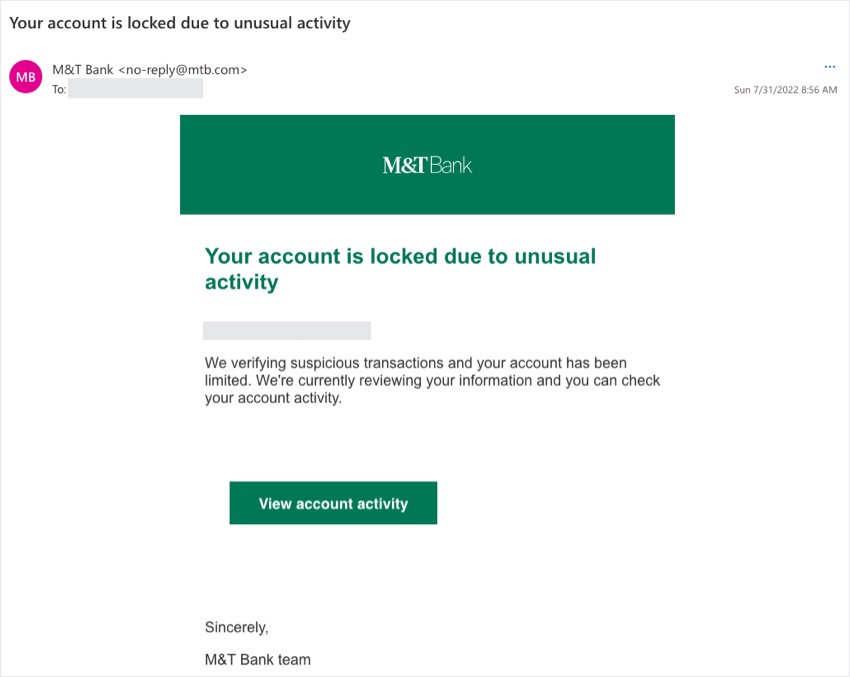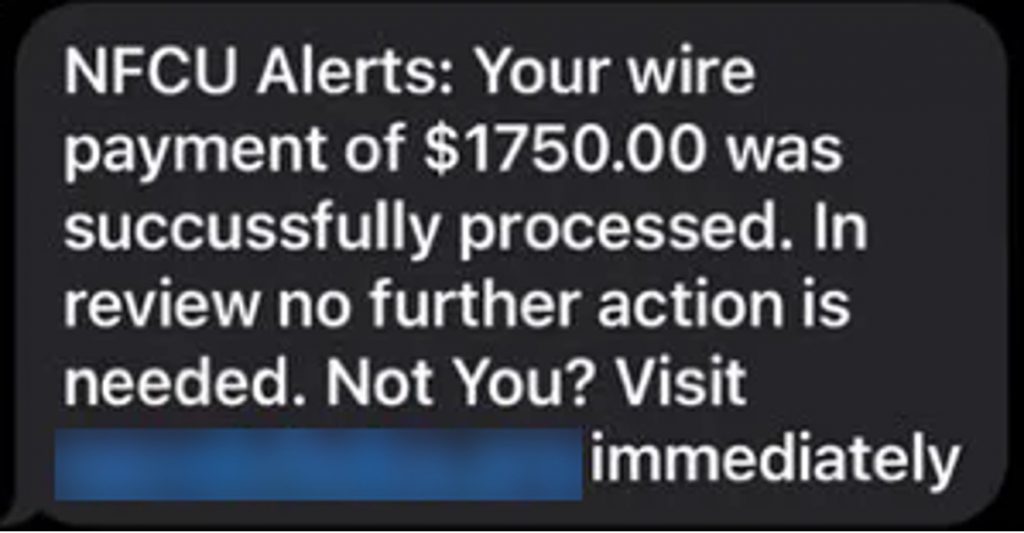Phishing is a type of cybercrime where scammers trick people into giving away sensitive data such as passwords or credit card details, clicking on malicious links, or downloading dangerous files. By pretending to be from trustworthy sources like banks, government agencies, well-known companies, or even friends and family, they deceive their victims into taking actions that compromise their privacy and security.
To learn everything you need to know about how to recognize and avoid phishing scams, keep reading.
How Does Phishing Work?
Phishing scams work by exploiting the trust people place in communication from seemingly legitimate sources. Here’s a step-by-step breakdown of how typical phishing attacks play out:
- Choosing targets: Scammers may opt to target a specific individual with a phishing scam or, more commonly, send bulk messages to large groups using leaked email addresses or phone numbers.
- Creating the message: The message is crafted to mimic a trusted source, often employing urgent or alarming language to provoke an immediate response.
- Sending the scam: The message is sent to the targets, most commonly through emails or text messages.
- Tricking the victim: The message tricks the victim into providing personal information, clicking on a malicious link, or downloading a harmful file. This can lead to severe consequences such as identity theft or financial loss.
Common Phishing Scams
Phishing can take many forms. Here are the most common:
1. Email phishing
The most common type of phishing, where attackers send emails that mimic those from credible organizations, complete with logos and official language. For instance, an email from what appears to be your bank, informing you that your account has been locked due to suspicious activity.

2. SMS phishing (smishing)
These scams occur via SMS messages. A typical smishing scam message might alert you to an unauthorized transaction and prompt you to secure your account by following a link.

3. Voice phishing (vishing) & video call phishing
Due to the recent advancements in artificial intelligence, scammers can realistically impersonate people’s voices and appearances using deepfake technology. Both voice and video call phishing scams can use this technology, giving scammers the ability to convincingly impersonate your colleagues, friends, and family. The most common tactic in these scams involves urgent requests for money transfers.
Phishing Scam Red Flags
Recognizing phishing attempts in real time can be challenging. To help you stay one step ahead, here are key red flags that can indicate a phishing attempt:
- Unexpected requests for personal information: Legitimate organizations will never ask for sensitive information such as passwords or bank details over the phone or via email or text message.
- Urgency and threats: Scammers often use urgent and alarming language to prompt hasty decisions. Be cautious of communication demanding immediate action.
- Suspicious links and attachments: Always be wary of emails or messages that include unexpected links or attachments. Hover over links to check their destination before clicking, and avoid opening attachments from unknown sources.
- Grammar and spelling errors: Trustworthy communications are typically free of spelling and grammatical mistakes. A high number of errors may indicate a phishing attempt, although ChatGPT and similar AI tools have made it easier for scammers to generate convincing, error-free text.
- Mismatched email addresses: Check the sender’s email address carefully. A mismatch between the name and email domain is a common sign of phishing.
- Generic greetings: Phishing emails often use vague and impersonal greetings like “Dear User” or “Dear [email address],” instead of your actual name.
Protect Yourself Against Phishing with Trend Micro Check
With the increasing number and sophistication of phishing scams, staying one step ahead is more crucial than ever. Unfortunately, antivirus software alone isn’t enough. Introducing the newly updated Trend Micro Check! Available for both Android and iOS, Trend Micro Check offers comprehensive protection from deceptive phishing scams, scam and spam text messages, deepfakes, and more:
- Scam Check: Instantly analyze emails, texts, URLs, screenshots, and phone numbers with our AI-powered scam detection technology. Stay secure and scam-free.
- SMS Filter & Call Block: Say goodbye to unwanted spam and scam calls and messages. Minimize daily disruptions and reinforce your defenses against phishing.
- Deepfake Scan: Detect deepfakes in real-time during video calls, alerting you if anyone is using AI face-swapping technology to alter their appearance.
- Web Guard: Surf the web safely, protected from malicious websites and annoying ads.
To download Trend Micro Check or to learn more, click the button below.
